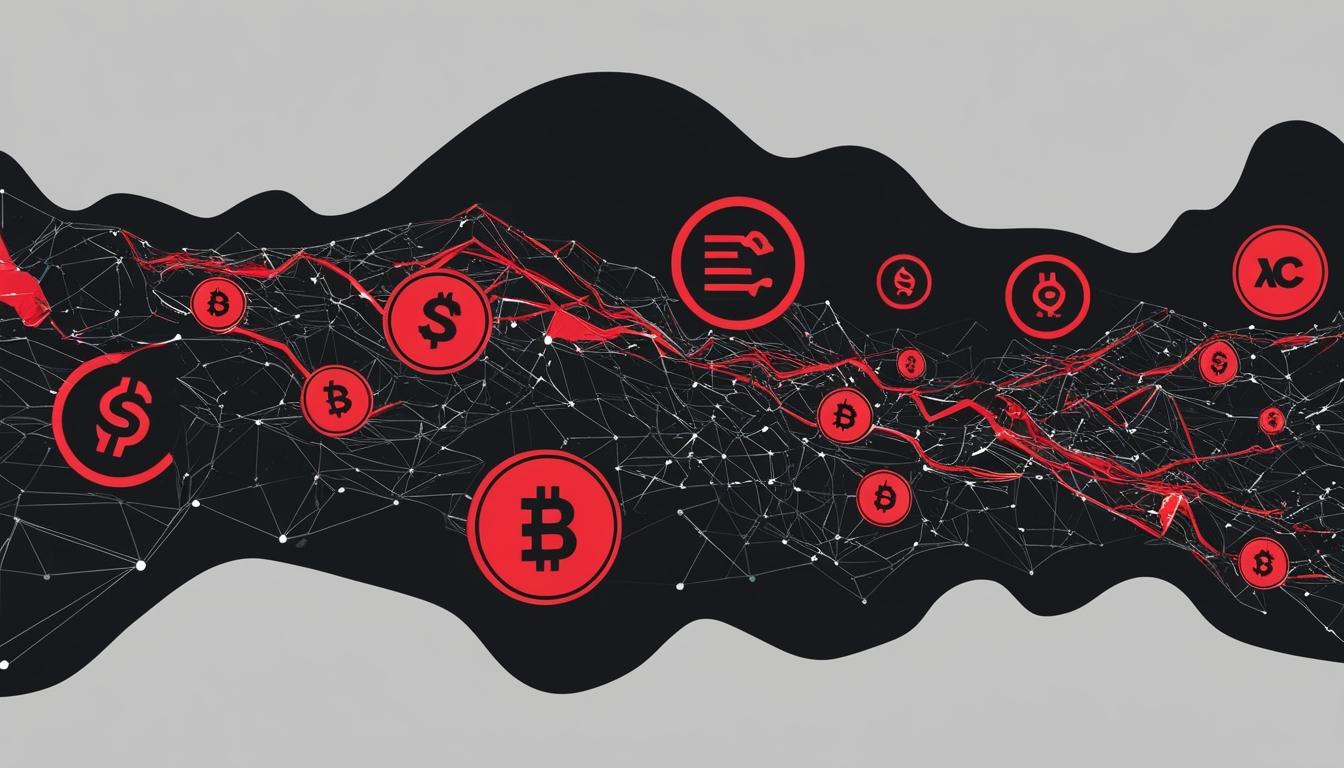The emergence of asset tokenization is reshaping the financial landscape by introducing a new model that allows traditional assets to be represented on the blockchain. This shift is accompanied by the potential for increased liquidity, enhanced transparency, and automation, facilitating a more dynamic financial environment. However, despite the promising benefits of these tokenized assets—colloquially known as smart assets—many have not fulfilled their anticipated potential, presenting operational challenges for issuers and exposing investors to various hidden risks.
This complex landscape was a focal point at the recent Blockchain for Europe Annual Summit 2024, where a panel of industry leaders, including Professor Andrei Kirilenko, Gene Deyev—the Co-Founder and CEO of Stobox—and Dimitrios Psarrakis from the Wharton Business School, explored the intricacies of Real World Asset (RWA) tokenization. The Blockchain for Europe Association, a key advocacy organisation representing stakeholders in the blockchain industry, aims to support the development of regulatory frameworks that promote blockchain adoption across Europe.
At the summit, discussions emphasised what constitutes a smart asset. A smart asset is a blockchain-based digital representation of value that includes several defining features: - Programmability: This allows for the automation of compliance, payments, and governance through smart contracts. - Transparency: An immutable record of transactions aids in improved auditing and accountability. - Fractional Ownership: This feature lowers the barriers to investment by dividing ownership into smaller, more affordable units. - Liquidity: Smart assets enable smoother trading through decentralised exchanges and global marketplaces.
Nevertheless, these attractive features often do not translate into effective performance. The concept of “dumb liabilities” emerged as a critical concern at the summit, highlighting the paradox in which tokenized assets incur maintenance costs and face regulatory hurdles that can overshadow their smart capabilities.
Liabilities for Issuers and Investors
Issuers of tokenized assets grapple with numerous liabilities, starting with regulatory compliance. Navigating the intricate maze of regulations across different jurisdictions demands significant investment in compliance systems and expertise, with non-compliance potentially leading to financial penalties or trading restrictions. Furthermore, although smart contracts are designed to automate various processes, they are also susceptible to coding errors and exploits that require ongoing audits, adding to operational demands.
In addition to regulatory burdens, issuers face liquidity challenges. Many tokenized assets struggle to find a robust secondary market, leading to difficulties in meeting investor expectations regarding liquidity. Coupled with the high costs of constructing scalable blockchain infrastructure, issuers find themselves burdened with operational complexities.
Conversely, investors confront their own set of liabilities. Legal uncertainties surrounding tokenized assets frequently expose them to disputes regarding ownership rights, particularly in cases of insolvency. Additionally, investors bear the responsibility of safeguarding their private keys; if a key is lost, recovery of assets is impossible. Market manipulation risks also persist in decentralised exchanges, contributing to an increasingly unpredictable investment landscape.
Both parties must take proactive measures to manage the landscape responsibly. During the summit, various strategies were discussed for issuers and investors alike. For instance, tokenization platforms like Stobox 4 are streamlining KYC/AML processes, which assists in reducing compliance burdens. Enhancing the security of smart contracts through frequent audits and employing advanced custody solutions can further bolster confidence in asset management.
For investors, utilising risk monitoring tools and ensuring the security of private keys through multi-signature wallets and cold storage are crucial steps. Additionally, maintaining diversified portfolios and engaging in governance decision-making through Decentralised Autonomous Organisations (DAOs) can empower investors while mitigating risks.
Gene Deyev of Stobox encapsulated the sentiment of the summit when he stated, “At Stobox, our focus is to create solutions that make tokenized assets truly smart—not just digital representations. By reducing costs—both financial and operational—we enable issuers and investors to realize the true economic value of asset tokenization.”
As discussions continue within the industry, the European blockchain community is encouraged to engage with policymakers and innovators to nurture a supportive environment for asset tokenization. The potential of this financial evolution hinges on the collaborative efforts of stakeholders, regulators, and technology providers, aimed at achieving smarter, safer, and more scalable digital assets for the future.
For those interested in further insights, the full panel discussion featuring key industry figures is available on various media platforms, shedding light on the challenges and future of RWA tokenization.
Source: Noah Wire Services
